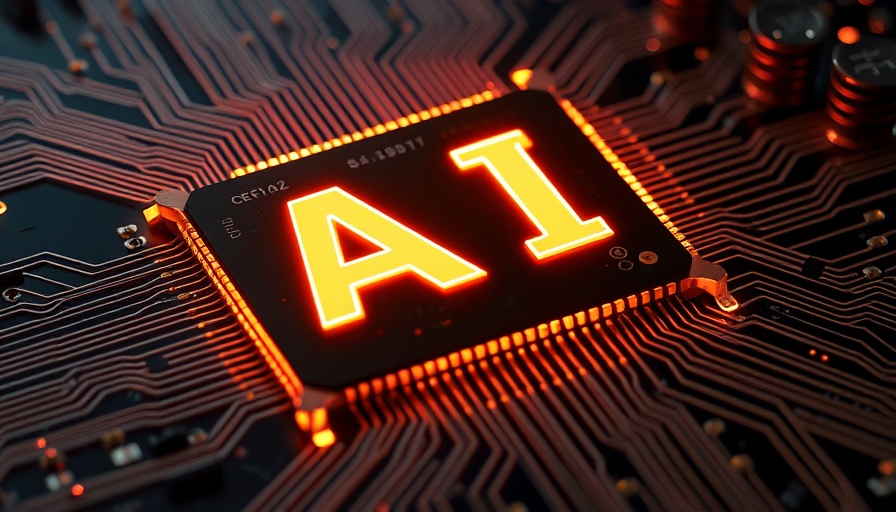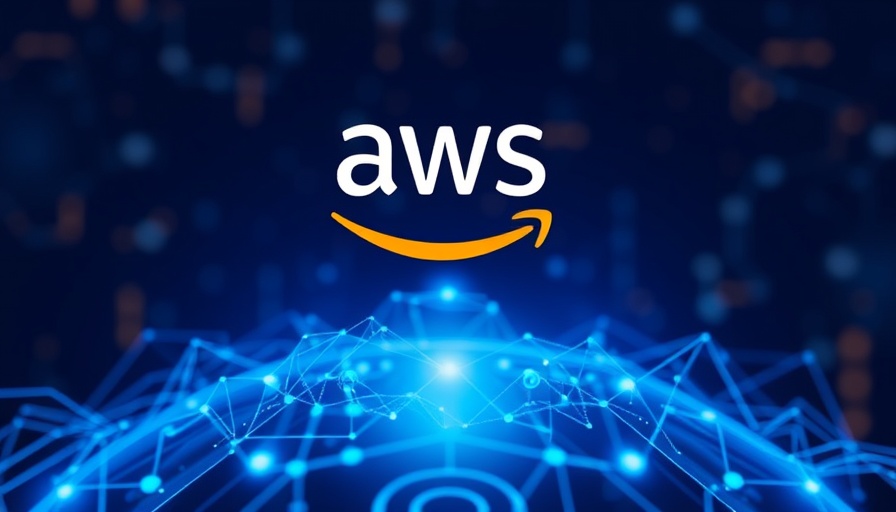
AI's Impact on the Future of Work
Geoffrey Hinton, widely referred to as the 'Godfather of AI', recently stirred conversations during a podcast by sharing his views on the accelerating presence of artificial intelligence in the workplace. While some of his comments evoked fear—drawing an unsettling parallel between the future of humans and the fate of a chicken—there's a fundamental truth hidden in his assertions. As AI continues to evolve, it’s crucial to address the challenges it poses to various job sectors, particularly in manufacturing and blue-collar roles.
The Rise of Automation and Its Implications
Hinton pointedly highlighted that mundane intellectual jobs, such as paralegals, might soon face obsolescence due to AI's rapid advancements. His statement that "for mundane intellectual labor, AI is just going to replace everybody" carries weight, indicating a seismic shift in work dynamics. However, Hinton also reassured listeners that physical trades—plumbers, electricians, and manufacturers—would likely remain safe from immediate replacement, emphasizing that AI is still far from achieving the dexterity required to perform complex manual tasks.
The Importance of Manufacturing Jobs in Today's Economy
This point aligns closely with current labor demand in manufacturing. According to recent reports, the United States is facing a talent shortage, with over half a million manufacturing jobs unfilled. Projections from the Manufacturing Institute and Deloitte suggest that by 2033, the United States could face a shortfall of nearly two million manufacturing workers. This gap is partly due to the retirement of the baby boomer generation, taking with them years of institutional knowledge, which makes the demand for skilled tradespeople even more pressing.
Financial Viability in the Trades
While the fear surrounding AI's encroachment on work is palpable, fields like plumbing and skilled manufacturing roles offer promising career paths. For instance, data from Northeast Ohio indicates that hourly wages for entry-level manufacturing positions soared by 21% in 2023, reaching an average of $21.10 per hour. This bright outlook for young workers stepping into the trades showcases where the future workforce should focus.
Advancing Technology in American Manufacturing
Despite the looming challenges posed by AI, Hinton’s call to action transcends mere concern; it underscores the necessity of technological investment in American manufacturing. To remain competitive against countries like China, U.S. manufacturers must leverage technology to innovate and optimize production processes. It is not enough just to ensure job security; the industry must evolve to maintain relevance in the global market.
Looking Ahead: A Workforce of the Future
AI's development may demand a recalibration of workforce skills, but it is also an opportunity for significant growth. Training programs focused on both traditional manufacturing skills and advanced technology integration can provide a robust pipeline of talent ready to meet future challenges. With a well-rounded emphasis on continuous learning and adaptability, workers can thrive amidst technological changes, making them indispensable assets to their employers.
Call to Action: Preparing for Change in the Job Market
Understanding the shifting dynamics of the workplace is essential, as it allows individuals to adapt and thrive in an ever-evolving environment. As AI reshapes job roles, the focus on trades and manufacturing will be crucial in maintaining economic stability. Recognizing the potential of these fields and encouraging the younger generation to pursue careers in manufacturing might indicate a way forward.
In conclusion, Hinton's warnings serve as a reminder that while AI may reshape the workforce, it does not spell the end for human jobs in every sector. With an informed approach, we can harness AI's capabilities while preserving and even expanding opportunities in the trades and manufacturing fields.
 Add Row
Add Row  Add
Add 




 Add Row
Add Row  Add
Add 

Write A Comment